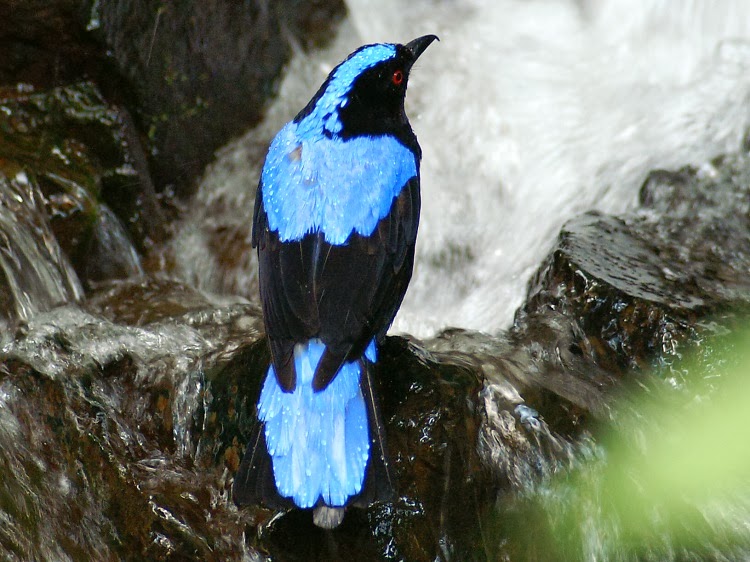 |
| longhorn cowfish |
The longhorn cowfish, Lactoria cornuta, is a variety of boxfish from the family Ostraciidae, recognizable by its long horns that protrude from the front of its head, rather like those of a cow or bull. They are a resident of the Indo-Pacific region and can grow up to 20 inches long. While badly suited to the home aquarium, the cowfish is becoming increasingly popular as a pet. Adults are reef fish, often solitary and territorial, live around sand or rubble bottom up to a depth of 50 m. They are omnivorous, feeding upon benthic algae, various microorganisms, and foraminiferans that it strains from sediments, sponges, polychaete worms from sand flats, mollusks, small crustaceans, and small fishes, able to feed on benthic invertebrates by blowing jets of water into the sandy substrate. Its primary habitat is coral reefs in lagoons, on reef flats, and on protected seaward reefs. Juvenilesassociate with Acropora corals. Depth range is 3.3–148 ft (1–45 m, perhaps up to 100 m). Red Sea and East Africa eastward through Indonesia to Marquesas, northward to southern Japan. Including Tuamotus, southern Korea, north to the Ryukyu Islands of southern Japan, south to Australia and Lord Howe Island, and off southern Africa in the Atlantic. Tropical and subtropical waters.
Source:
Picture Link:
Wikipedia Link:
NOTE: PLEASE Use the Older Post and Newer Post buttons just below comment box to navigate between posts.





















